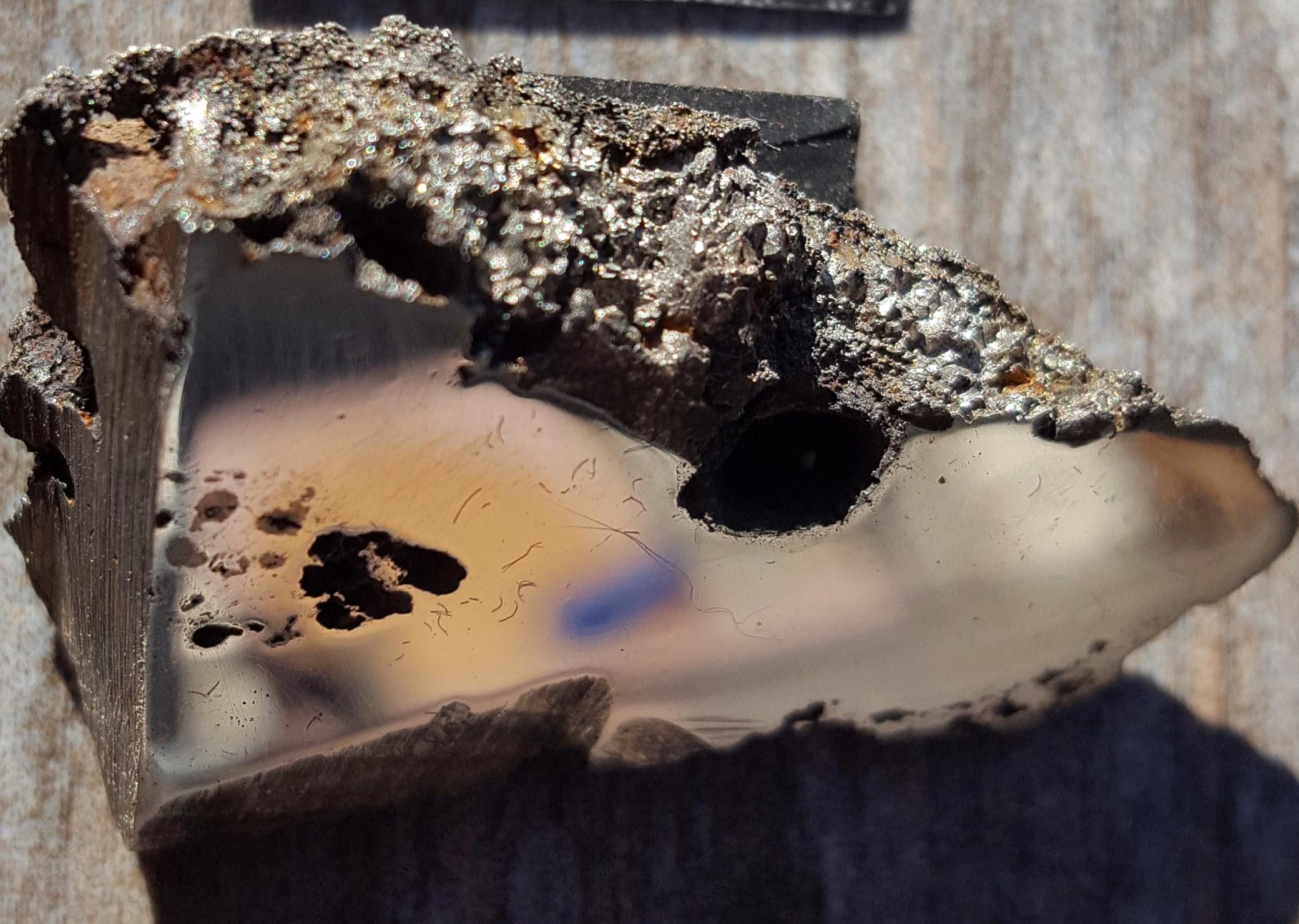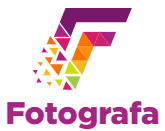Două minerale – nemaivăzute până acum pe Pământ – au fost descoperite într-un meteorit uriaș


O felie din meteoritul El Ali, aflat acum în Colecția de Meteoriți a Universității din Alberta, conține două minerale nemaivăzute până acum pe Pământ. Credit: Universitatea din Alberta
Noi minerale descoperite într-un meteorit uriaș ar putea dezvălui indicii despre formarea asteroizilor.
O echipă de cercetători a descoperit cel puțin două minerale noi nemaivăzute până acum pe Pământ într-un meteorit de 33.000 lb (15.000 kg) găsit în Somalia în 2020. Acest meteorit gigant este al nouălea ca mărime găsit vreodată.
„Când găsiți un mineral nou, înseamnă că condițiile geologice reale, chimia rocilor, erau diferite de cele găsite înainte”, spune Chris Hurd, profesor la Departamentul de Științe ale Pământului și Atmosferice și curator al Alberta. colecție de meteoriți. „Aceasta este ceea ce face acest lucru incitant: în acest meteorit special aveți două minerale descrise oficial, care sunt noi pentru știință”.
O felie de 70 de grame a meteoritului a fost trimisă la Universitatea din Alberta pentru clasificare, unde au fost descoperite cele două minerale. Se pare că există deja un posibil al treilea mineral în considerare. Hurd observă că, dacă cercetătorii obțin mai multe mostre de la meteorit masiv, există șansa să găsească mai multe minerale.
Cele două minerale nou descoperite au fost denumite elaliit și elkinstantonit. Prenumele, elaliit, provine de la meteoritul însuși, care se numește oficial „El AliUn meteorit pentru că a fost găsit în apropierea orașului Al-Ali din regiunea Hieran din Somalia. Flock a numit elkenstantonitul al doilea mineral după Lindy Elkins-Tanton, vicepreședinte al Inițiativei Planetare la ASU, profesor la Colegiul de Explorare a Pământului și Spațiului din ASU și cercetător principal al studiului.[{” attribute=””>NASA’s upcoming Psyche mission.

A slice of the El Ali meteorite contains two minerals never before seen on Earth. Credit: University of Alberta
“Lindy has done a lot of work on how the cores of planets form, how these iron-nickel cores form, and the closest analogue we have are iron meteorites. So it made sense to name a mineral after her and recognize her contributions to science,” Herd explains.
In collaboration with researchers at the University of California, Los Angeles (UCLA) and the California Institute of Technology (Caltech), Herd classified the El Ali meteorite as an “Iron, IAB complex” meteorite, one of over 350 in that particular category.
As Herd was analyzing the meteorite to classify it, he saw something that caught his attention. He brought in the expertise of Andrew Locock, head of the University of Alberta’s Electron Microprobe Laboratory, who has been involved in other new mineral descriptions including Heamanite-(Ce).
“The very first day he did some analyses, he said, ‘You’ve got at least two new minerals in there,’” says Herd. “That was phenomenal. Most of the time it takes a lot more work than that to say there’s a new mineral.”
Locock’s rapid identification was possible because the two minerals had been synthetically created before, so he was able to match the composition of the newly discovered natural minerals with their human-made counterparts.
Scientists are still examining the minerals in detail to determine what they can tell us about the conditions in the meteorite when it formed.
“That’s my expertise — how you tease out the geologic processes and the geologic history of the asteroid this rock was once part of,” says Herd. “I never thought I’d be involved in describing brand new minerals just by virtue of working on a meteorite.”
Herd also notes that any new mineral discoveries could possibly yield exciting new uses down the line.
“Whenever there’s a new material that’s known, material scientists are interested too because of the potential uses in a wide range of things in society.”
While the future of the meteorite remains uncertain, Herd says the researchers have received news that it appears to have been moved to China in search of a potential buyer. It remains to be seen whether additional samples will be available for scientific purposes.
Herd described the findings at the Space Exploration Symposium on November 21 at the University of Alberta’s ETLC Solarium.

„Creator. Amator de cafea. Iubitor de internet. Organizator. Geek de cultură pop. Fan de televiziune. Mândru foodaholic.”
